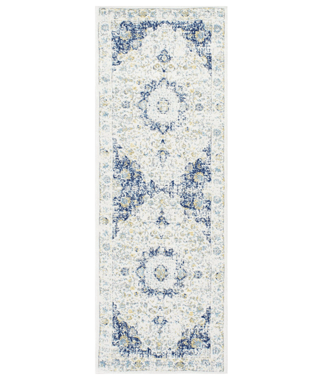Branding & Pricing: A Lesson from Wayfair
 PriceBeam
·
2 minute read
PriceBeam
·
2 minute read

It recently emerged that the online furniture retailer ‘Wayfair’ was selling identical pieces of furniture under different names, and at different price tags.
Wayfair sells its products through several different channels, all of which target different segments. In the report from Quartz, which investigated Wayfair’s practices, it was found that sometimes Wayfair wouldn’t even change the name, but simply charge a higher price; a computer desk called ‘Revere’ would cost $169.99 at Wayfair’s own website, and $218.65 at Birch Lane.
Despite what some might suggest, there isn’t anything shady about this. More so, it is a demonstration of a high level of commercial awareness. The portals that Quartz compared (Wayfair, Birch Lane, Joss & Main, Amazon, Sears and Walmart) all have different target groups, which not only differ in willingness to pay, but also in preferences. For example, when looking at this list of portals, one would think Amazon and Walmart would have prices in the lowest end of the spectrum, but this is not always the case. For Walmart, Wayfair’s best bet is to try and obtain a premium position as the high price sensitivity of Walmart-shoppers makes it virtually impossible to stand a fighting chance as a cost-leader. Whereas, on other portals with much lower price sensitivity, Wayfair’s offering may just be the cost-leader, without a fighting chance when it comes to quality and design. Sometimes, this narrative becomes clear just by looking at the name of the item.

This rug is sold both on Brick Lane and Amazon. On Brick Lane, it's sold as 'Doylestown Blue Area Rug' - sounds OK, but not really mind-blowingly amazing. On Amazon, however, the rug is sold as 'Traditional Persian Vintage Area Rug' - I'll let it be up to you if you find this name mind-blowingly amazing, but the point stands that it sounds like two completely different rugs.
This intelligent positioning is one of the strategic considerations that unveils itself from the Quartz report, the lesson for you is to consider how your positioning differs in various distribution channels. How do customers at distribution channel X view your product compared to distribution channel Y?
Another thing that Wayfair has revealed to us, is that part of the reason behind the different names and prices is the preferences of the target groups of different channels. Some are looking for contemporary furniture, some are looking for home furnishing, and style preferences differ, too. Bohemian, Scandinavian, Nautical.
Remember, the piece of furniture is the same across the channels, but sometimes a piece of furniture can fit into several categories, and portals are rarely all Bohemian furniture. But the point is that the type and style of furniture the shopper is looking for matters a great deal to both willingness to pay, and how he or she views the product. It's like the company that sold high-end doormats, which were then rebranded as prayer rugs -- the willingness to pay for high-end doormats is not that high, but it is for prayer rugs. Similarly, a 'Scandinavian-Inspired Dining Chair' has a high willingness to pay, whereas 'Kitchen Chair' doesn't. Some people are just looking for a kitchen chair, so we're not saying you should immediately give all your products fancy names, but it's important to recognize those customer segments that would pay much more, if you do and when you do.
Wayfair highlights the importance of customer perception: your product is nothing more than what your customer sees it as. And sometimes, a different name or a different price tag can make them view the product in a completely different light.
.png?width=400&height=100&name=PBLogoTransparent%20(1).png)




